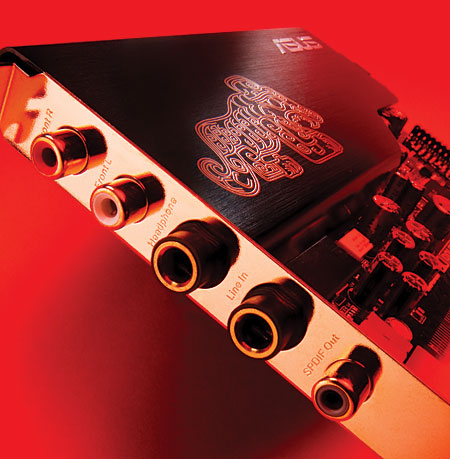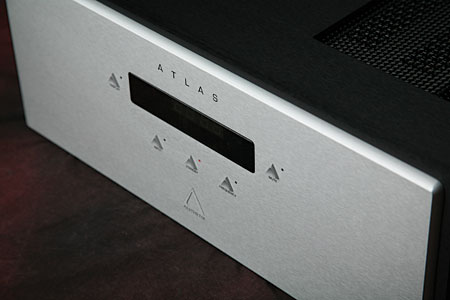Call it “Hollywood Alcoholism,” meaning it’s not Requiem for a Dream, that chilling and incredibly visceral film depiction of addiction, but the more common cut and dried variety—he came, he drank, he fucked up, he had an epiphany and of course, he cleaned up after one neat and tidy trip to the Zen rehab clinic. Having seen Townes Van Zandt and more than a few other musical substance abusers when they were riding high (which is really riding low, if you know what I mean), things just ain’t this a way. Hollywood’s way is to show addiction without any of the struggle. Oh sure, he threw up, sort of, once or twice but hell, I remember seeing Townes fall off a stage that was four inches high, and then he couldn’t get up. When I pitched in to help, the man clearly had not showered in quite some time. He’d been bingeing and playing one nighters, which is where Crazy Heart starts out.
Continue Reading »





